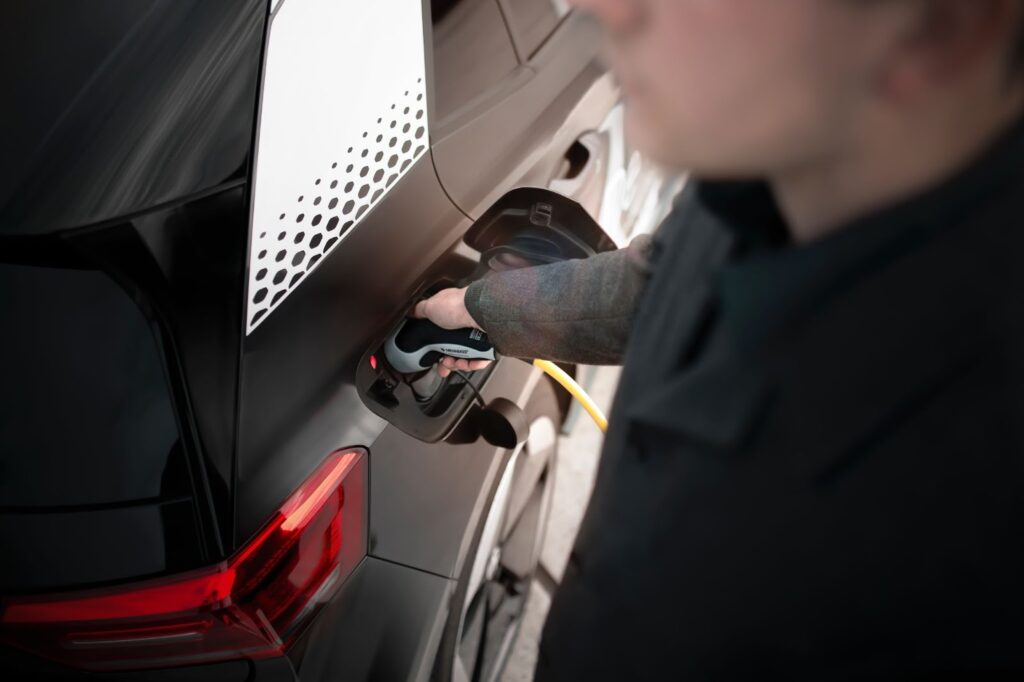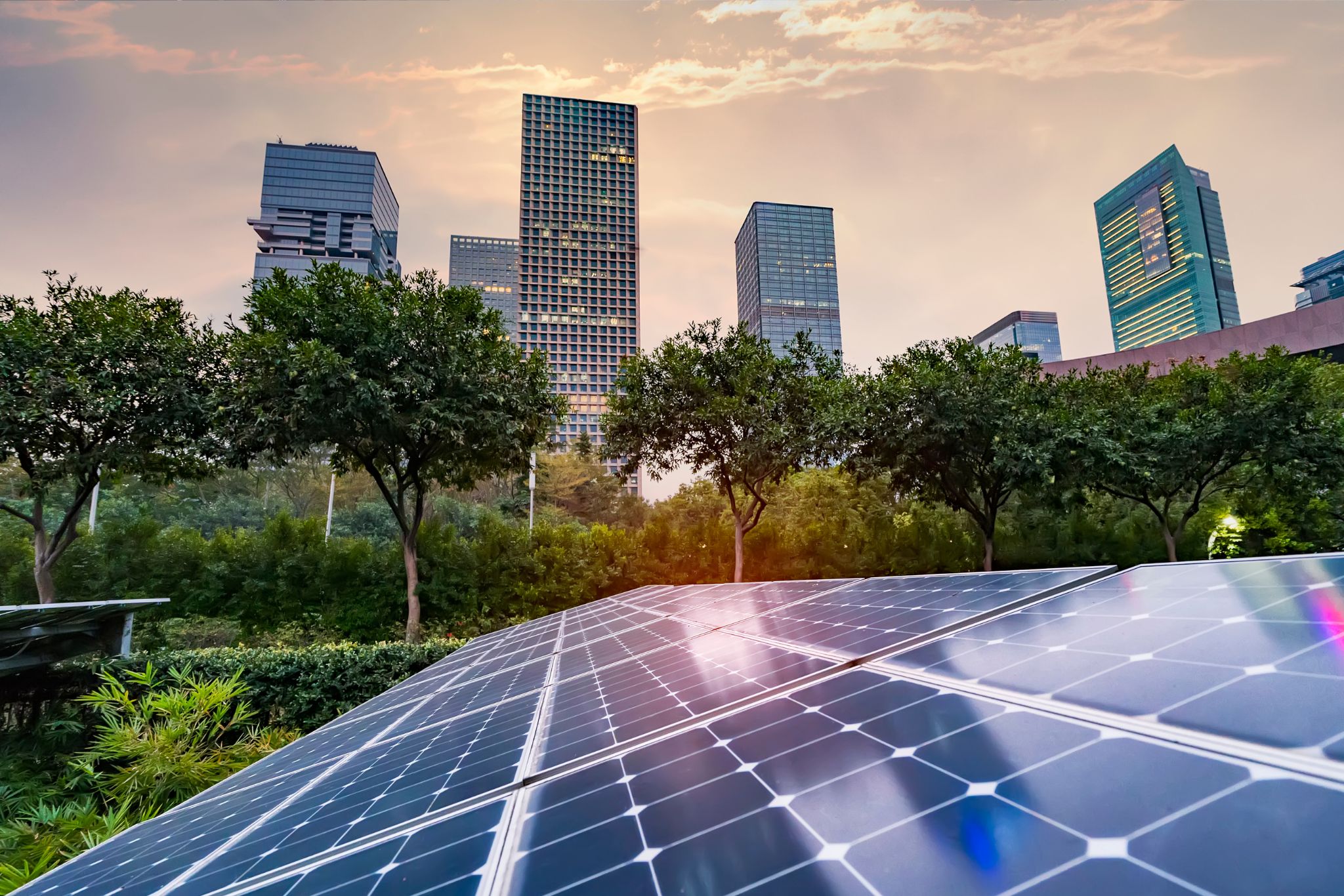If one thing the climate crisis has made clear, it’s that the human tendency to burn the proverbial candle at both ends is only matched by its ingenuity in trying to save it. There are, of course, some who still try to argue that the climate crisis is a myth made up to stop progress in its tracks. But if there’s one thing that has not slowed its pace in the slightest, it’s the race to bring the latest in clean energy technologies to the market. Not without reason too – the world is fast approaching the point in time where the effects of global warming will become irreversible.
Better and more improved ways of producing clean energy are continuously entering the discussion even as we speak. The lack of infrastructure to support new technologies and perhaps, a suspicious lack of interest is perhaps part of the reason that switching over to clean energy is so slow to manifest.
Hydrogen electrolyzers
Harnessing the power of hydrogen is key in ensuring a sustainable future – or indeed, any future at all. Unlike coal and fossil fuel, burning hydrogen does not result in byproducts harmful to the environment. The oxidation of hydrogen produces H2O or in other words, water.
There is very little hydrogen to be found on the planet in its pure form, though it’s the most commonly found element in the universe. But there is plenty of hydrogen available in other forms – in every form in which water exists. Luckily, scientific innovation is yet to fail mankind in enabling us to extract what we want from the environment. It is doing so with as little harm to the environment as possible that poses a far more complex problem.
Electrolyzers are devices that separate water into its two foundational elements: hydrogen and oxygen. They are also a key piece of technology that if properly harnessed, will be mankind’s, and the entire planet’s, salvation. Almost all of the latest innovations in green energy focus on producing hydrogen fuel in a stable form, giving rise to forms such as ‘grey’ hydrogen, ‘blue’ hydrogen, and ‘green’ hydrogen.
Green, blue and grey hydrogen
Green hydrogen is the most beneficial to the planet, as it is the most sustainable. Green electrolyzers are electrolyzers powered by renewable power sources. This makes green hydrogen electrolyzers a net-zero emission power source. Blue hydrogen is hydrogen extracted by using CCS or carbon capture and storage as fuel, itself a miracle in technological innovation. The production of grey hydrogen is fuelled by fossil fuels.
But what is CCS?
CCS refers to the capture of carbon emissions from the very atmosphere. Carbon emissions are one of the main reasons for global warming, as they entrap hot air within the earth’s atmosphere. The steel and cement industries and the fossil fuel industry are just some of the ways in which we pollute the earth’s atmosphere with carbon. According to the Intergovernmental Panel on Climate Change, innovations such as CCS are key in reversing the damage human industry has wreaked on the planet and reducing atmospheric temperature. CCS has been around since 1972, in the US at least, where natural gas plants in Texas have captured and stored more than 200 millions of CO2 underground.
But why isn’t CCS more popular if it has been around that long?
Unfortunately, CCS technology is hindered by a widespread lack of policy support across the world. CCS needs large-scale infrastructural investment to both capture, transport and store carbon. There has also long been a need for technological innovation to render the process more efficient. However, these are weaknesses that are being addressed today. These advancements will play an important role in reversing the damage caused by global warming.

Innovations in electrical vehicles
Electrically powered vehicles have long been part of the discourse around creating a sustainable future. From hybrid vehicles to fully electrically powered vehicles, land transportation has come a long way from its earliest days. Unfortunately, most electric vehicles use lithium ion batteries, one of the most controversial forms of power storage in widespread use today.
The drawbacks of lithium ion batteries
Lithium ion batteries are not the most sustainable of innovations to spring out of the need to create clean energy technologies. They are also made of metals such as cobalt, nickel, and manganese, which are all toxic to the environment. These metals have the ability to contaminate water bodies and entire ecosystems, should they leach out of landfills. Lithium ion batteries are also extremely flammable power storage units. There have been reports of fires in landfills that are thought to be the result of inappropriate disposal of battery units. The flammability of lithium ion batteries have even been known to cause accidents in cars on the road and even on airplanes. The chemicals in these batteries cause chain reactions that cause fires that last for a long time and are very difficult to put out.
There is clearly still room for innovation when it comes to electric vehicles. They need better batteries, better infrastructure to recharge and policy support to enable a smooth transition from traditional vehicles.
Storing clean energy
The next natural requirement of producing clean energy is storing it. Energy generated through renewable methods are different from traditional fuels in that they don’t come in a form that can be transported. Oil and gas, for example, can be transported in pipes and barrels, and so can coal. Clean energy is sourced through renewable methods, and cannot be transported and distributed through conventional methods. There are countless innovations being developed to store clean energy, such as pumped hydro technology. Other technologies, such as the Internet of Things (IoT) will help optimise distribution through data analytics.
Human industry fuelled by clean energy is not so far off a dream as the haze in the air might lead you to think. As can be seen, the road so far hasn’t been without its pitfalls. The large-scale innovations in clean energy technologies described above are not sufficient to guarantee a future unmarred by the impact of human industry. The transition to clean energy will necessitate a complete change in the world as we know it. International relations, government policies, how commercial activity is carried out, the way in which modern society is built, and perhaps, society as we know it itself.
(Theruni Liyanage)
